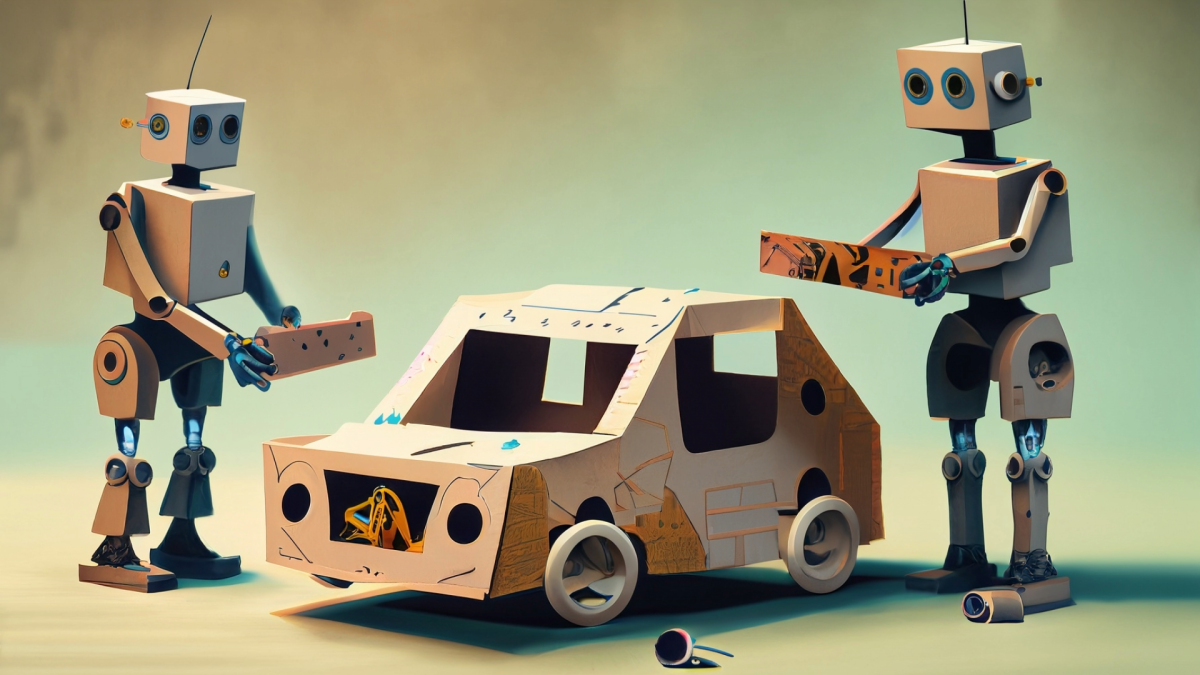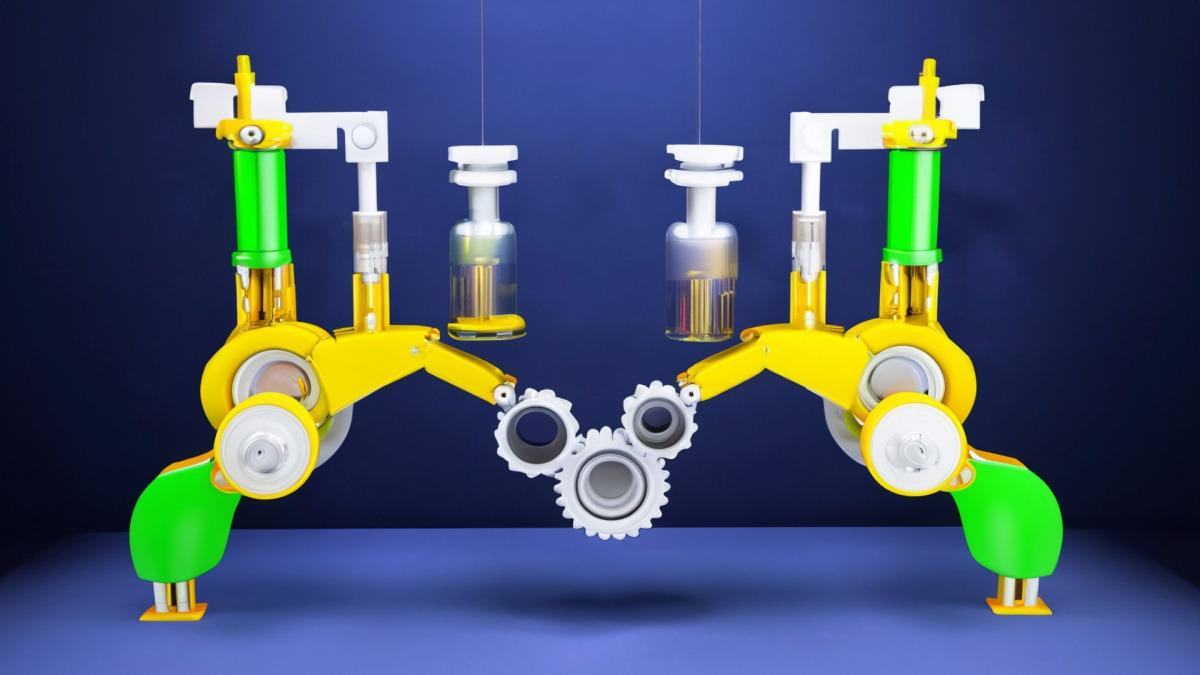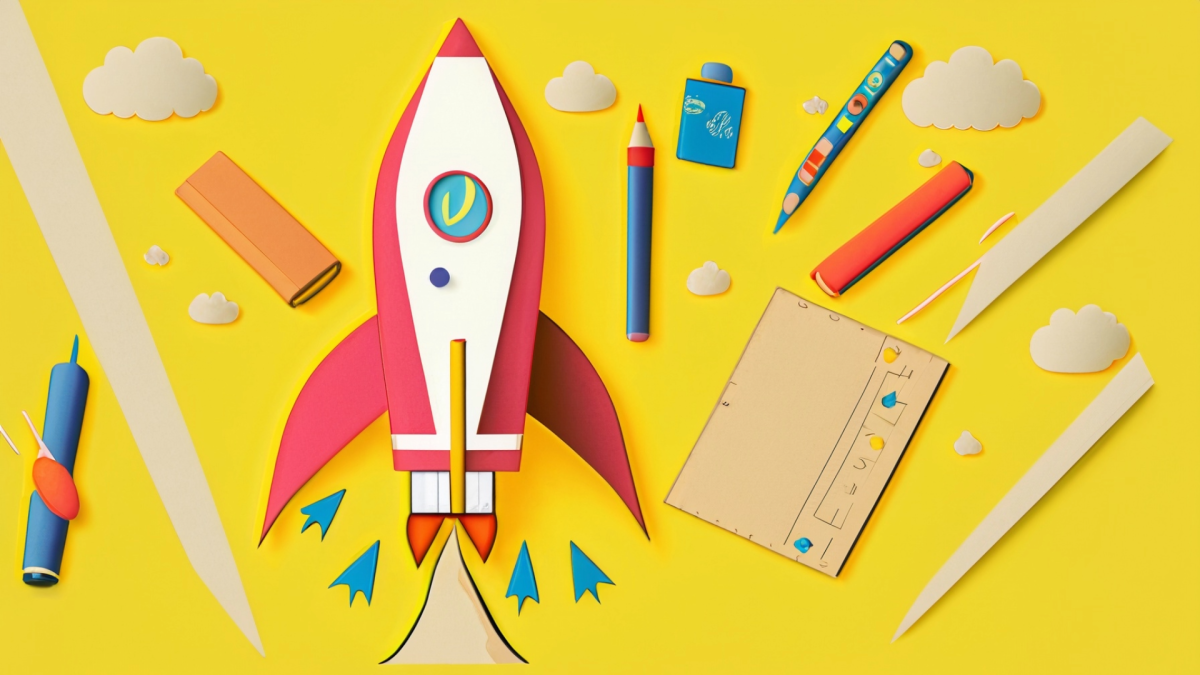Through the use of the Read Aloud, "What's Inside a Flower?" by Rachel Ignotofsky, students will learn about the structure of flowers. This is a great introduction to plant growth and gardening. This
Wildlife cameras are fun & surprisingly easy to use! If your students have never used any, check out this lesson to get them started by collecting meaningful image data to answer questions that they
The Brilliance of Biomimicry
This lesson explores why architects and engineers use cylinders in building structures. Students will be introduced to the concept of biomimicry. They will observe cylinders in plants and compare and
In this hands-on lesson, students will utilize Beebots and the app iClips on the iPad to create a film about bees. Students will create their own storyboards and props and will analyze each other's
Students learn about celestial and transitory objects in the sky while creating a piece of art depicting a constellation. The constellation can be seen during the day by holding it up. It helps
In this engaging lesson, students use a voltmeter tool. They will measure the milliamps of electricity in sports drinks to see which brand or flavor has the highest concentration and therefore more
In this lesson, students will apply their knowledge from the prior day's lesson (Magnetic Marble Run Newton's Laws of Motion Day 1), to complete an Advanced Build of a Magnetic Marble Run. This lesson
Within this lesson, students will present their master-planned community to a test audience and potential clients. Focus is on presenting to the client rather than reading information off the slide
This lesson can be used to reinforce physical science standards, engineering design concepts, and collaboration. Students will work with a National Geographic Magnetic Marble Run to construct a basic
In this hands-on lesson, students will design, construct, and defend their hummingbird feeder design.
Empower with solar, motors & wireless! Unravel renewable energy, motor tech & wireless applications in an engaging STEM journey.
Unleash creativity with drones and coding! Explore the exciting world of block coding and its application in drone technology.
Discover the power of hydraulics and pneumatics! Engaging in STEM activity on building systems and understanding fluid dynamics.
This is part 2 of a unit. The other lessons are linked within each lesson. During this lesson, students will be encouraged to collaborate and imagine different solutions in order to connect the sides
In this creative lesson, students will digitally create objects on a four-quadrant background and use the unit circle reference angles to demonstrate the angles and radians their object are at.
In this creative math lesson, students will use their knowledge of special right triangles to create a unit circle on a real world 2D or 3D object!
Students will use their knowledge of adding, subtracting, and multiplying polynomials to solve the area of figures they create. This lesson has three parts and ties concepts of area formulas
This is the 4th and final part of a 4-part series that allows students to communicate what they've learned through using the engineering design process to develop new vision technology. Links to all
In this engaging lesson, students will design and build a Mars Resource Transport (basically a wagon) on wheels and axles. They have to meet build criteria based on volume and a budget for resources
This hands-on lesson allows students to engage in the engineering design process by building a new vision technology with applications of convex and concave lenses. This is the 3rd lesson in a series
In this Part 1 of 2, students will be building background knowledge on the human eye and camera. Students will be looking at the structure and function of both. Students will be working in small
This is part 1 of a unit, other lessons are posted. In this lesson students will use prior knowledge of how wheels and axles work in order to create two symmetrical sides of a ferris wheel. This
In this hands-on lesson, students will be challenged to complete an obstacle course with a Sphero/RVR/Edison through coding. Students will be given a task list to complete and will be timed. Math
Animal Extinction: Lesson 7
This is lesson 7 of the Life Science Unit. Students explore a variety of learning experiences. There are 2 objectives. #1 Objective: I can create a mixed-media art piece with a message for the world
Featured Lesson Plans
Check out these notable lesson plans.

Design a Course with Friction


